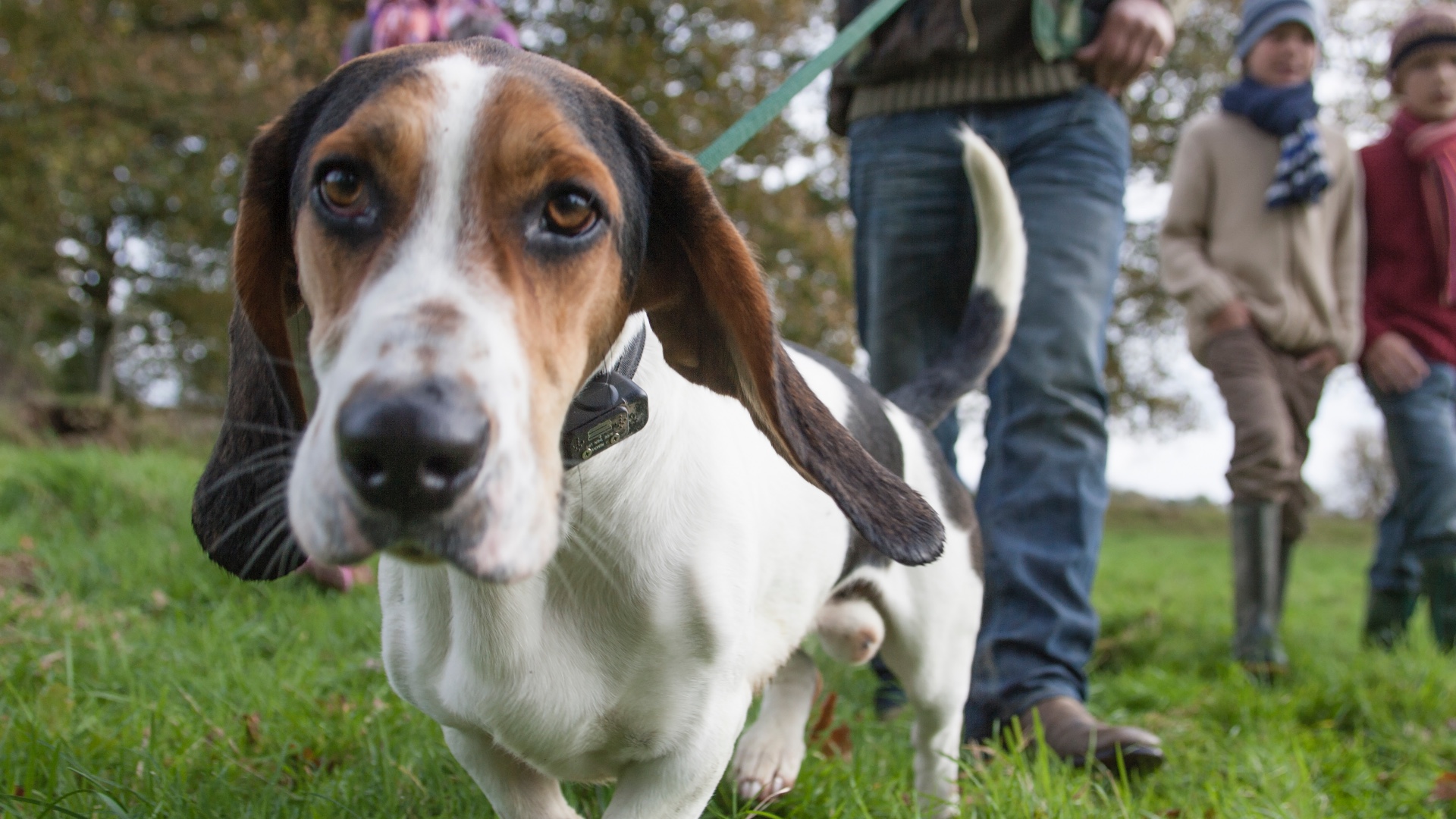Eight trainer-approved tips for walking your reactive dog
Here's eight tips from an expert trainer that will help you have a better walk with your reactive dog

Of all the potential issues that you could face as a dog owner, dealing with reactivity in dogs is one of the most challenging.
Owning a reactive dog can be extremely overwhelming and stressful at times, and if they're leash-reactive, then walking them can feel especially daunting.
While learning how to calm a reactive dog is a useful skill to have in your toolbox, doing what you can to reduce the chances of them becoming reactive in the first place is also helpful.
With that in mind, expert trainer and behaviorist Nikki Mather has shared a useful post to Instagram in which she reveals her top eight tips for walking your reactive dog. Here's what she had to say...
A post shared by Positive Steps Dog Training (@positivestepsdogtraining)
A photo posted by on
1. Avoiding their triggers: "Continually exposing your dog to their triggers will establish their reactive behavior," explains Mather. "Change your routine to avoid their triggers, for example, avoid street walks/busy parks/certain times of day."
2. Stay vigilant: "The more you’re aware of your surroundings, the more prepared you are to avoid bad situations early. Train an emergency turn to get your dog out of tricky situations calmly," Mather advises.
3. Keep the leash loose: When it comes to the most common loose leash walking mistakes, keeping your pup on a tight leash is right up there. While it may seem like the right thing to do when you have a fearful dog, it can actually create more problems.
Get the best advice, tips and top tech for your beloved Pets
"Tension in the lead can make your dog feel even more restricted, adding to their frustration and insecurity, therefore potentially worsening their reactivity," says Mather.
4. Remain calm before a walk: "As daunting as it can be, you can end up accentuating the problem if your dog picks up on your anxiety before you’ve even left the house," Mather explains. "Take some time beforehand to de-stress."
5. Use a harness: "Using two points of attachment makes it easier for you to contain your dog and control their body under extreme circumstances." For more on harnesses, check out our guide to harness vs collar where our expert vet outlines the benefits of each.
6. Allow them to sniff: "Sniffing is a self-calming behaviour known to reduce stress and anxiety in dogs. Help your dog stay calm by allowing plenty of opportunity to sniff," Mather advises.
Also, as an added benefit, taking your dog on a 45-minute sniffari may just tire them out more than a two-hour walk. So if you're looking to shorten the time you're out and about with your reactive pup but still provide them with plenty of mental and physical stimulation, a walk focused on sniffing is a great way to do that.
7. Stay positive: "Keep your interactions with your dog fun and engaging as this makes it much easier for you and your dog to adopt a calm, positive approach to training."
8. Get help: Mather says that seeking outside help is really important when you have a reactive dog. "Don’t struggle alone. Enlist the help of a certified, force-free behaviorist to set you on the right path and support your journey."
Check out our guide to how to spot dog trainer red flags to help you find a suitably qualified professional.

Kathryn is a freelance writer who has been a member of the PetsRadar family since it launched in 2020. Highly experienced in her field, she's driven by a desire to provide pet parents with accurate, timely, and informative content that enables them to provide their fur friends with everything they need to thrive.
Kathryn works closely with vets and trainers to ensure all articles offer the most up-to-date information across a range of pet-related fields, from insights into health and behavior issues to tips on products and training.
When she’s not busy crafting the perfect sentence for her features, buying guides and news pieces, she can be found hanging out with her family (which includes one super sassy cat and a kitten), drinking copious amounts of Jasmine tea and reading all the books.
She has written for a range of publications, including Fit&Well, Top Ten Reviews, LiveScience, Goodto, and Product Hunt.
